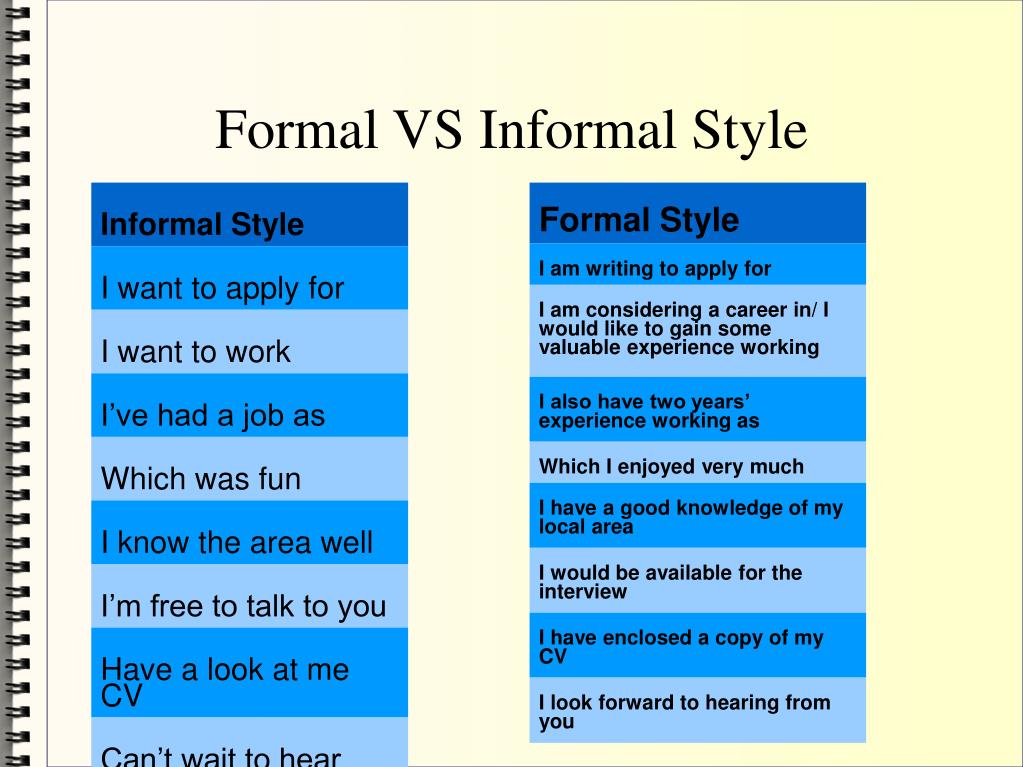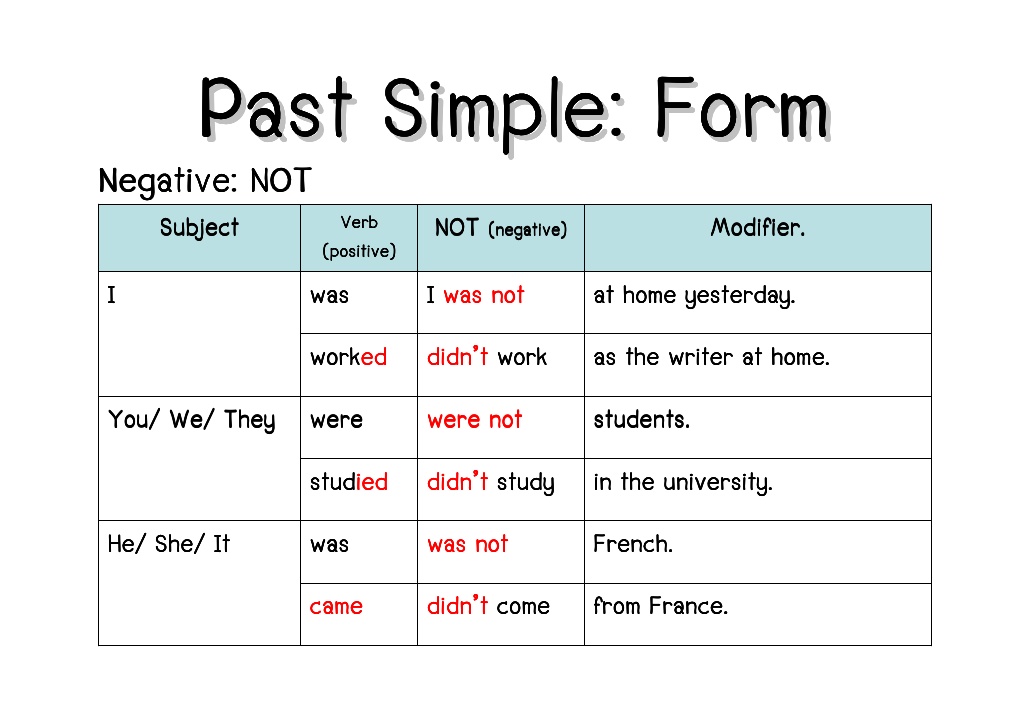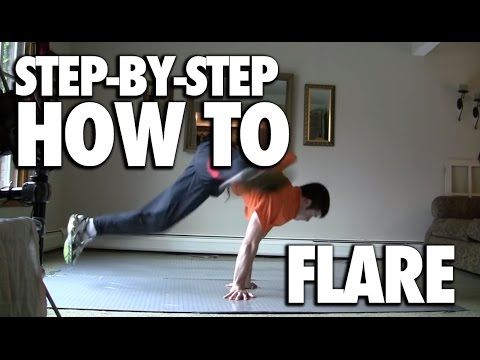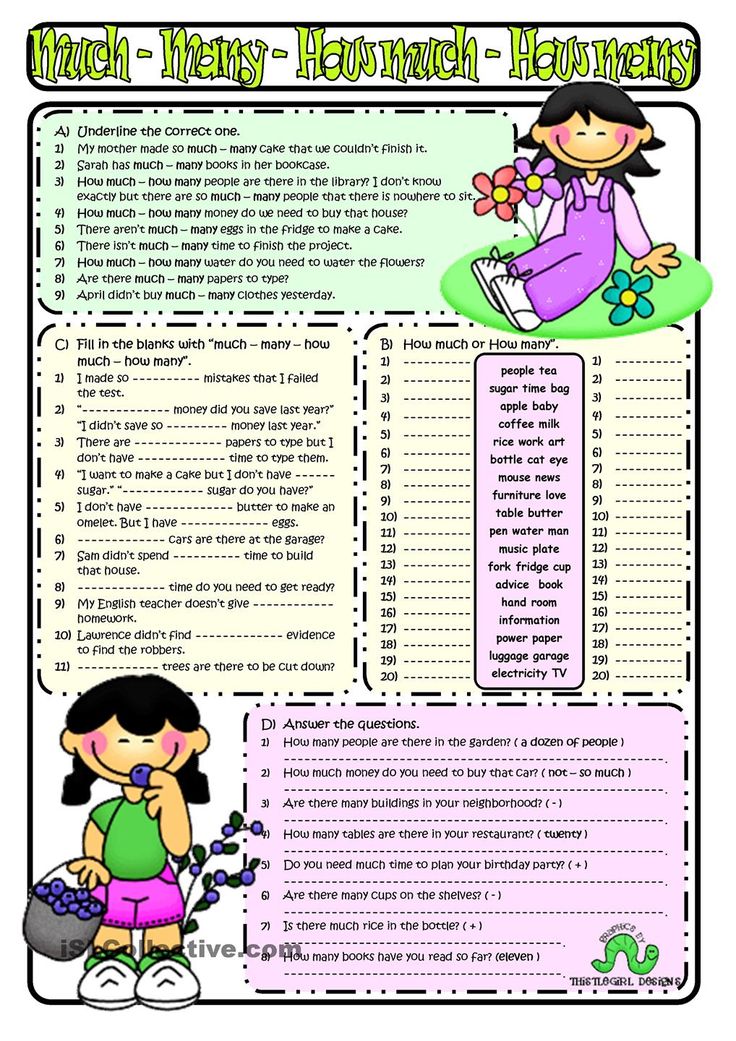How to dance off
Ten tips for Dance-Off you don’t want to miss – the Gauntlet
Wondering how to approach next week’s highly-anticipated Dance-Off/Lip-Sync? Here are some do’s and don’ts that could save your class from embarrassing failure.
Sophia Berry, Staff Writer
September 18, 2019
You enter the Upper School Commons in the Turner Building and it’s loud. Really loud. It’s crowded with high schoolers and teachers and staff members. You can feel the tension, the animosity between the students of opposing grades.
Everyone is pressed up against the railings, fighting for the best view of the show. This is Dance-Off. This is arguably the most exciting and important of all the Homecoming competitions.
Like all Hoco events, grade levels battle each other in the Dance-off/Lip-Sync event, which will take place next Wednesday.
The activity consists of choreographed dance and lip-sync routines, and sometimes videos or skits. The music and dance must be tied to different songs that fit the day’s theme.
This year’s Dance-Off theme is “Musicals,” a sub-theme under the umbrella Lights, Camera, Action.
Messing up the Dance-Off is a BIG deal. First: most of it’s caught on video, so if you think it’ll blow over after a few weeks and no one will think about it again, you may want to reconsider.
Maybe it’s only remembered at Hoco time, but the expectations of doing well next year will stay with your class until you graduate. Just ask last year’s freshman.
Second, since first place grade gets 150 points (considerably more than other events), a win can take your class from last place all the way to second, or possibly third. Since this is one of the most long-awaited events of the Homecoming season, people will be expecting the best.
We all saw the freshman struggle with Dance-off last year. The daily theme was “California” and the routine was… rough, to say the least. If you’re trying to win Dance-Off this year, here are a couple do’s and many, many don’ts.
Do’s
- Do have one person in charge. This will create an obvious leader that can tell other people what to do, creating less confusion. Do choose your leader wisely, perhaps someone with choreography experience.
- Do make sure your music works. The tunes must be exported to an mp3 file and given to StuCo (via thumb drive) by Tuesday at 3pm. You don’t want to start your amazingly choreographed dance and then find out that your music or video doesn’t work or isn’t loud enough.
- Do practice in small groups. In big groups, everyone will distract each other and no work will get done.
- Do make sure that everyone is dressed in a costume that is consistent and relevant to either the day’s theme or the song being performed. You cannot crossdress, however.
- Do include props. They make the show more interesting and can spice up your choreography. Any use of props must first be cleared by the administration, though.
- Do make sure everyone is lip-syncing during the lip-syncing portions.
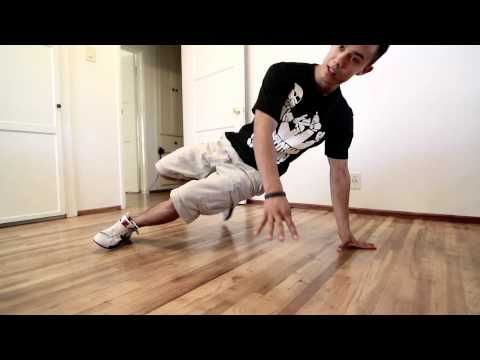
- Do choose appropriate, funny, popular songs that fit the theme. They should also be tunes you can choreograph and perform to. Make sure your choreography is interesting to watch. Don’t forget to show Mr. Forrester your song list so he can approve it.
- Do have a mix of both big group routines, and some that are just a few of performers. It’s more interesting to watch, and it mixes it up.
- Do have ONLY STUDENTS choreograph the dance. You cannot use any outside choreographers; this is a student-run event.
Don’ts
- Don’t use only one song, especially if it says how to dance it in the song, like for instance the Cupid Shuffle…
- Don’t have the first run-through at the Dance-Off.
- Don’t have your Dance-Off theme/music not correlate to the theme of the day. The music does not all have to be from musicals or movie soundtracks; HOWEVER, at least one musical or movie song must be used in the performance.
- Don’t make stuff up during the Dance-Off without practicing first.
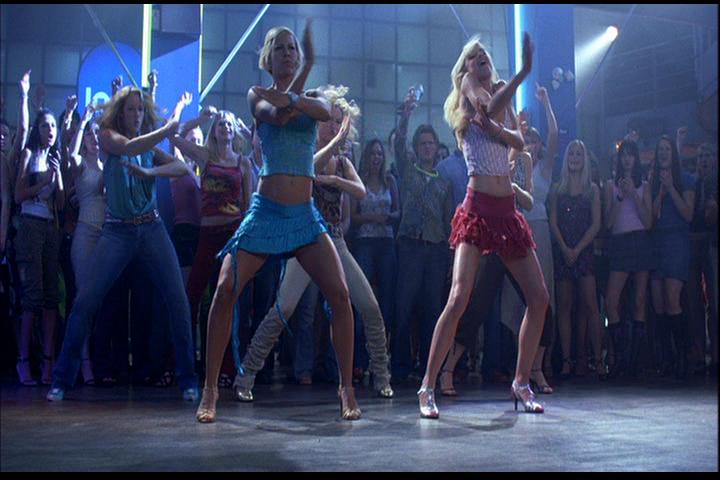
- Don’t rely on one person to be good in the Dance-Off. You need to have a cohesive group dance.
- Don’t have everyone standing in one big group doing the same dance moves
The scoring of this event is
- 1st place: 150 points
- 2nd place: 120 points
- 3rd place: 90 points
- 4th place: 60 points
The official StuCo guidelines for the Dance-Off are:
- Dance must pertain to daily theme
- Dance must be less than 12 minutes long with music
- The music must be approved by Mr. Forrester and exported as mp3 and given to Mr. Hoonhout (via thumb drive) by Tuesday at 3pm.
- The music does not all have to be from musicals or movie soundtracks; HOWEVER, at least one musical or movie song must be used in the performance.
- Costumes, song choice, and choreography must be appropriate as determined by the administration.
- No cross-dressing; at the discretion of Mr. Forrester.
- Any use of props must be cleared by administration.
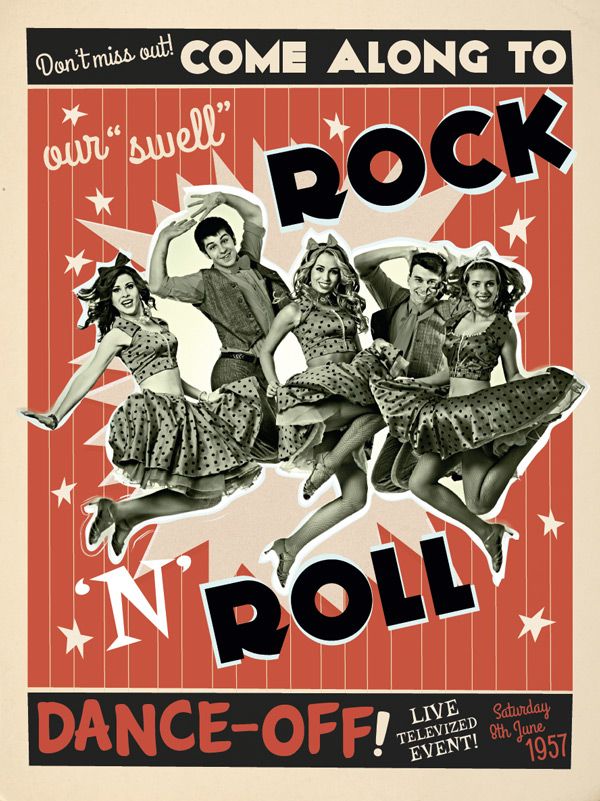
- Dance must be choreographed by students and only students
- You may use outside resources (Youtube, etc) for inspiration, but you cannot bring in professional or amateur dance teachers for guidance, choreography, or advice. This is a student-run, student-led event and will remain as such
The rest of the Hoco rubric is HERE.
These are just a couple of tips from my own observations of past Dance-Offs. The most important part of Homecoming Week is to have fun, show your school (and class) spirit, and try your hardest to beat the other grades. If you learned anything from this article, just remember that the goal is to be better than last year’s Freshmen (that’s my grade, so I can say it!).
For more reference on what to do (and what not to do) here’s the 2018 Hoco Dance-Off video:
Josh ClassClick the image to watch the 2018 homecoming Dance-Off video.
the rules of street dance competitions
© Little Shao/Red Bull Content Pool
Street dance battles follow their own rules, and sometimes they’re not that easy to understand.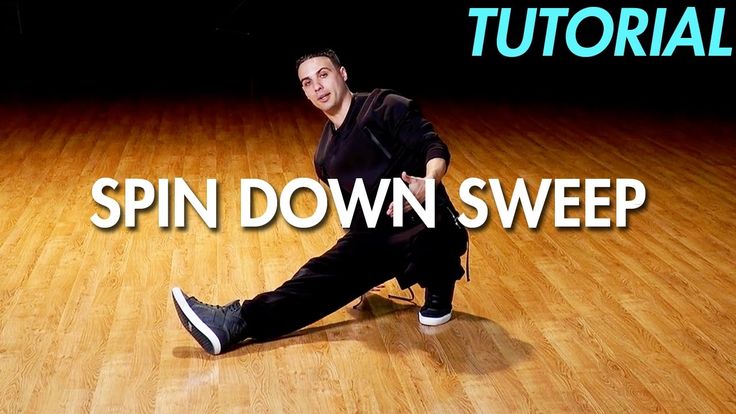 Here's a basic rundown to help you follow and understand all the elements of a competition battle.
Here's a basic rundown to help you follow and understand all the elements of a competition battle.
By Emmanuel Adelekun
8 min readPublished on
These are the basics for competitions
O'trip House doing a routine
© Little Shao/Red Bull Content Pool
Most competitions are straight knockout battles. Some involve two individual dancers competing against each other in one-on-one battles, but you also have competitions where teams of dancers, known as crews, compete against each other. These crews can be anything from two dancers in each crew, up to eight or ten dancers, and sometimes more.
In crew battles dance routines involving anything from two members to the whole crew, are usually allowed to be performed when it is that crew's round. The other crew do not have to do a routine in response if they don't want to, it is completely up to each crew to decide what they do in each round unless the competition's specific rules say otherwise.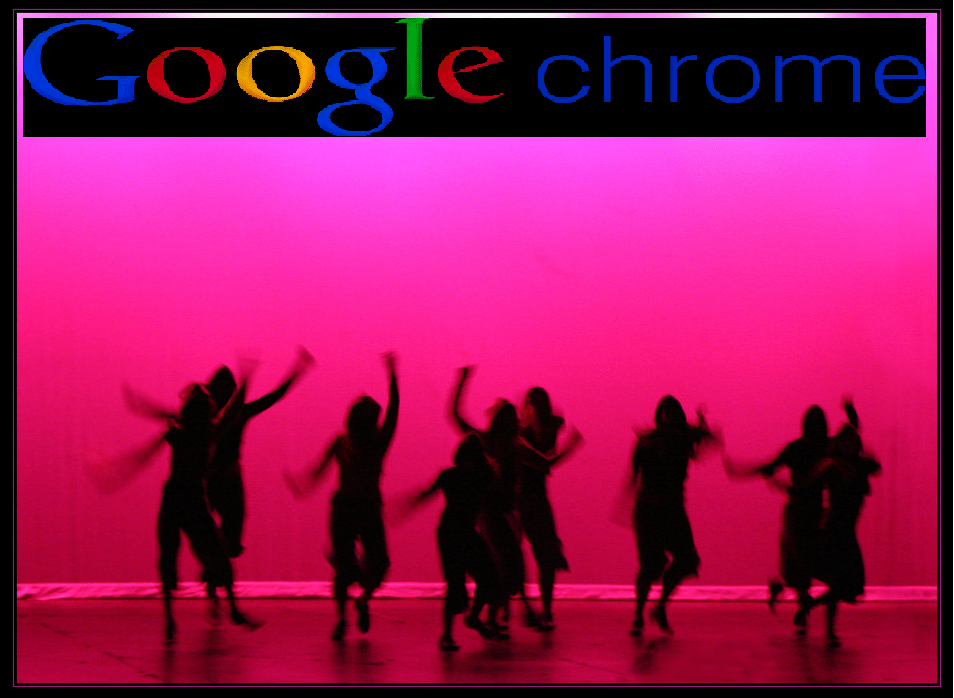
Individuals, or crews, dance one at a time in the middle of the dance floor. There is a chosen number of times each dancer, or crew, gets to dance, called rounds.
Dancers go back and forth, doing their rounds, until they have finished and then the chosen panel of judges individually decide who they believe won the battle by pointing at their personally chosen winner, or holding up a card with their winner's name on it.
Check out an example in the clip below:
6 min
Shigekix vs Alkolil – final battle
B-Boys Shigekix and Alkolil battle each other for the Red Bull BC One World Final 2020 title.
Shigekix
The winner of the battle goes on to the next round and the loser is knocked out of the competition.
This goes on until there are two dancers, or two crews, left, at which point there is a final battle and an overall winner of the event is chosen.
Logistx is the Red Bull BC One B-Girl champion of 2021
© Romina Amato / Red Bull Content Pool
How many competitors are in a competition?
The average number of dancers picked to battle in a competition is usually 16 individual dancers or eight to 16 crews, competing in one chosen style, or in a mixed styles battle. But there can be anything from four to 32 dancers, or crews, competing in the main battle.
To compete in the main battle the dancers must first be picked from a qualification, in which they earn the right to compete in the main event by being picked by the judges. There can be anything from 30 up to 500 dancers entering a qualification, which is usually done in five different ways:
A Showcase Round: This is where the dancers are called up to perform, one by one, in front of the judges. Their performance is scored and when everyone has been seen by the judges, they then pick the dancers with the highest scores to compete in the main competition.

Showcase Battles: In this dancers, or crews, compete against each other in showcase battles that usually are only one round each, or have a time limit if it's crews. No winner is picked from the battle, the dancers are simply scored by the judges on their performance in the battle and the judges pick the highest scoring dancers, or crews, to compete in the main competition.
Cypher Qualification: A Cypher is the term used when dancers gather in a circle and, one-by-one, dance inside that circle. Some competitions use this to determine who will be picked for the main competition. When this happens the DJ will usually play music for anything from 30 minutes up to an hour and a half. Dancers usually are given a sticker with a number on it and then form their cyphers and simply dance as much as they want. The judges go from circle to circle watching the dancers and writing down the numbers of the ones who impress them the most. Once the time limit is up the judges get together and find out which numbers they all wrote down and these are the ones picked to battle in the main competition.
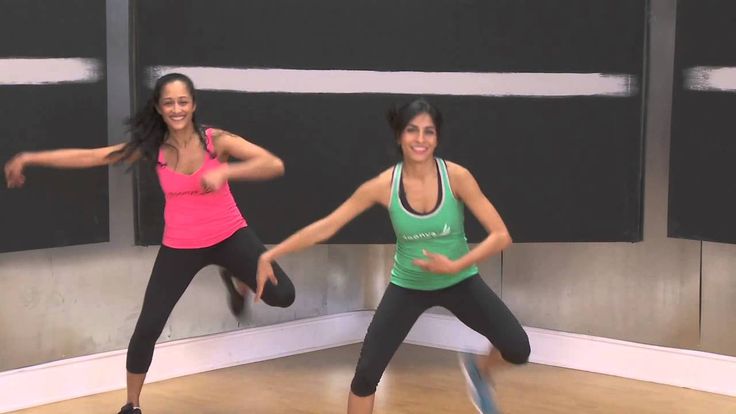
Being a winner of a previous Qualification Battle: This is when the dancers chosen to compete in the main competition are winners of another competition, in which they won the right to then compete at this later one.
By Invitation: The fifth and last one is through simple Invitation. This is when a dancer has earned a well known reputation through doing well at, and winning, various competitions locally or internationally, and so are then invited by an event promoter to come and compete at their competition.
Who are the judges and what is their job?
Judges are usually well-known, respected dancers who have earned their place on the panel through years of competing and winning, or from being known for their historical contribution to the dance scene.
Competitions always have an odd number of judges to avoid ties, and usually are a panel of three or five individuals.
Each judge usually only has one vote in each battle and the winner of a battle is the dancer who gets the most votes.
The judges point at the winner
© Gianfranco Tripodo/Red Bull Content Pool
Sometimes there ends up being a tied decision, which usually happens in two ways:
Judges themselves are allowed to use their individual vote as a tie if they believe the battle is drawn. This can result in the battle itself being a tie if all the judges vote a tie.
If one judge votes a tie and then the other judges evenly vote separate ways.
If this happens the competing dancers, or crews, will then have to battle one more round for the judges to then vote on again. If there is another tie then the dancers do another round, and will continue to do this until the judges come to a decision that isn't a tie.
But, if all the judges, apart from one, vote a tie, then the dancer who gets that one vote is the winner.
What are the judges looking for to determine the winner?
To make their decision, judges usually all have a general criteria which consists of about eight elements that they all look at.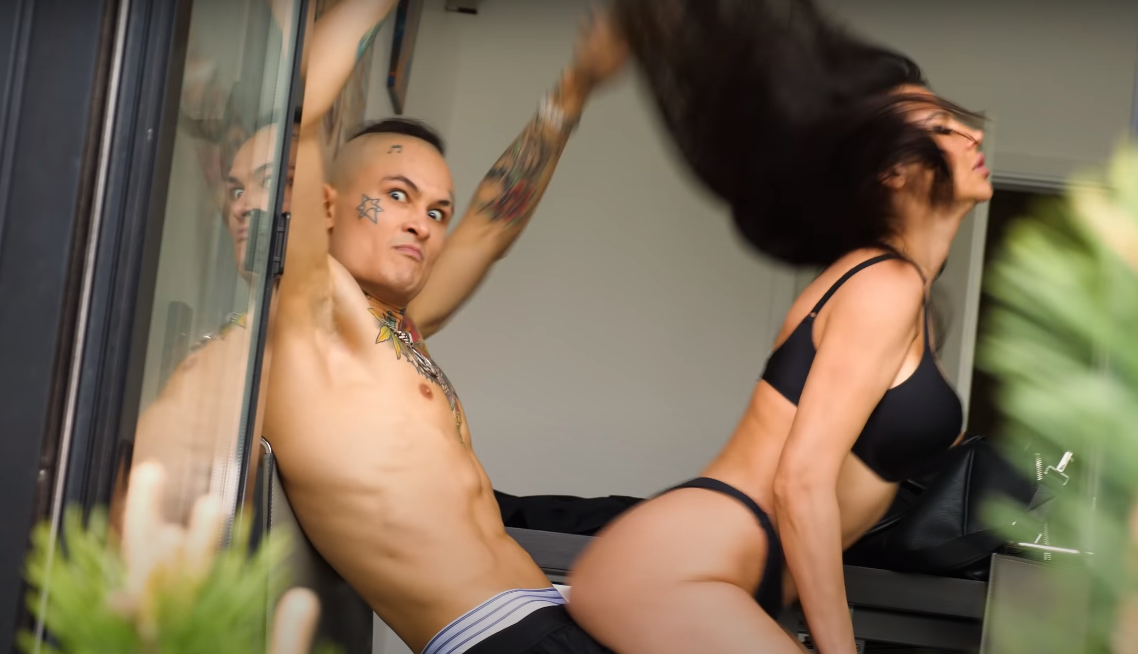 In no particular order, these are...
In no particular order, these are...
Musicality
How well a breaker connects with and expresses the music through their dance.
Foundation
Showcasing mastery of the basics top rock and footwork steps, go downs, transitions, freezes and power moves.
Character
How well a breaker expresses their personality through their dance.
Difficulty of movement
The level of dynamic movement a breaker possesses and showcases.
Style
If a breaker showcases a way of moving that’s unique to them.
Execution
Performing moves in a clean and secure way, without messing up.
Composition of round
Telling a story with your round, having a beginning, middle and end that makes sense and flows.
Originality
Coming up with fresh variations on existing moves, or completely new, and creative moves, and ways of moving that the judges haven't seen before.
When the battle is a straight one-on-one knockout competition, judges will take the whole criteria into account, with each judge deciding for themselves which elements carry more weight than others.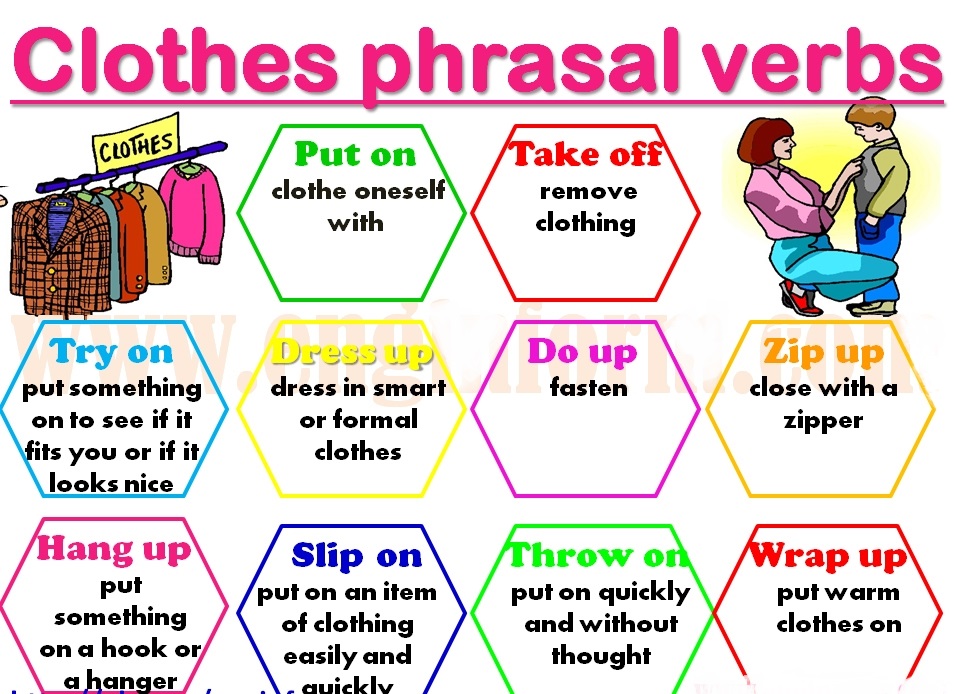 But when a battle follows a different concept or format, certain elements of the criteria can then become more important than others and change how a judge judges a competition.
But when a battle follows a different concept or format, certain elements of the criteria can then become more important than others and change how a judge judges a competition.
Here's a list of four different competition formats and what criteria elements might carry more weight in the judge's decision for each one:
Qualification/Showcase/Prelim Rounds: Judges can only pick a small number of qualifying breakers in these and they have to be strict in their scoring to make their selection, and so 'execution' becomes one of the biggest elements in their criteria. Any mess-ups or crashes from breakers failing badly to execute their moves makes it a lot easier for a judge to narrow down their picks, and score that breaker low. Character also plays a big role here, as does 'difficulty of movement'.
Cypher king/queen competitions: Style, character, and 'musicality' usually are the more valued elements on a judge's criteria, for a cypher competition, which take place in the circles that breakers form and, one-by-one, dance inside.
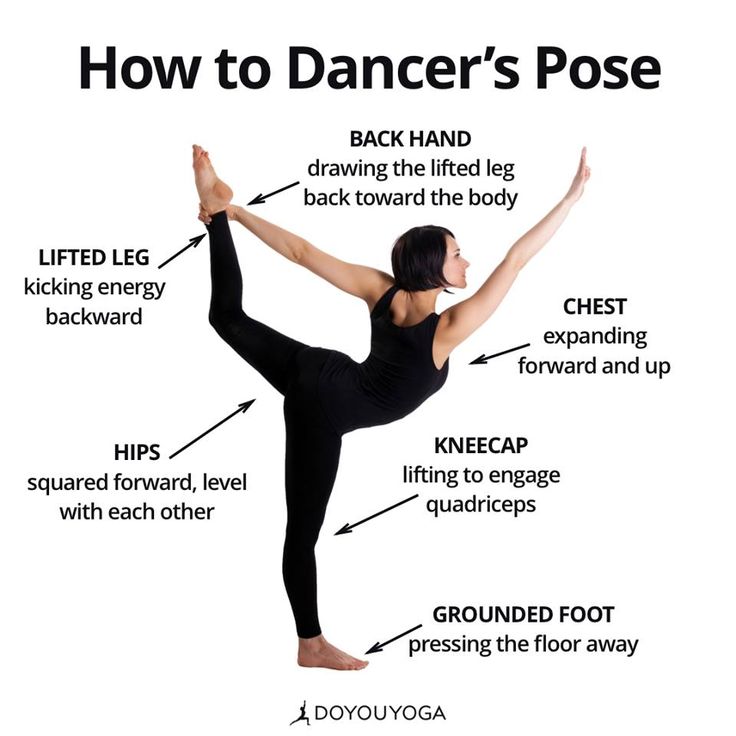 Breakers will usually be given a sticker to wear with a number. Judges will then spend the time watching the cyphers and writing down the numbers of the breakers who impress them the most. (Sometimes the judges are unknown and could be one of the breakers in the cyphers.) Once the time limit is up the judges then get together, decide who impressed all of them the most and then that person is crowned the cypher king or queen.
Breakers will usually be given a sticker to wear with a number. Judges will then spend the time watching the cyphers and writing down the numbers of the breakers who impress them the most. (Sometimes the judges are unknown and could be one of the breakers in the cyphers.) Once the time limit is up the judges then get together, decide who impressed all of them the most and then that person is crowned the cypher king or queen.Crew battles: Those who are judging a crew battle are usually called upon to grade multiple numbers of rounds from each side; this could be as few as the rounds each in a three-on-three battle, or up to as many as 16 rounds per crew if it's a full eight-on-eight crew battle with somewhere in the region of a 15-minute time limit. The unique thing about a crew battle is that it gives a chance for each side to showcase every element in a judge's criteria by strategically sending out breakers who are strong in particular criteria elements. This means that a good crew can dedicate the order of the criteria the judges use with the strategy with which they send out their team members.

Final
Watch as crews showcase their skills at the 30th anniversary of Battle of the Year in Montpellier, France.
The exception: crowd-judged battles
Some events, like Red Bull Dance Your Style, are judged by the audience, who might not understand the technicalities of dancing but are fans who come to enjoy the competition. When crowds are judging, usually the highest things on the criteria becomes difficulty of movement and character. If a breaker can drive a crowd crazy by doing spectacular, unbelievable, high-level moves, the crowd are usually more likely to vote for that dancer. Musicality is also big here but usually has to be executed to a very high level for an audience of fans to really understand and see. A crowd isn't usually too concerned with execution, foundation, or how a round is put together. They usually want to be wowed with moves and drawn in by a dancer's character.
Crowd voting at Dance Your Style
© Alex Grymanis/Red Bull Content Pool
90,000 12 life hacks, to quickly learn how to dance from Mamita DanceDances
Author: Pavel Gather
Psychologist, Lecturer Salsa and Tango
Dances
Author: Pavel Pavel
Psychologist, Lecturer Salsa
on At the start, you always want to get a quick result. When it doesn't happen, the hypothesis arises that everything takes time. After a conditionally acceptable time, humility comes to mastering pair dances, which, perhaps, is not given, and I will just do what I learned at least somehow. nine0003
When it doesn't happen, the hypothesis arises that everything takes time. After a conditionally acceptable time, humility comes to mastering pair dances, which, perhaps, is not given, and I will just do what I learned at least somehow. nine0003
This is the most common story of those who believe that the mere act of attending a pair dance class is enough to learn how to dance.
Absolutely not. If you want to really dance well, you have to make an effort outside of the dance class. A good teacher will definitely be needed, but the initiative should be on your side.
1. Listen to music
The most common and accessible advice that is given already in the first lessons. And it definitely works. Music creates a certain atmosphere of the dance and intuitively you want to move to it. It doesn't matter where you listen to music - in the car, on headphones while walking or doing household chores. nine0003
An addition that will help you dance better is your active participation in the music. Sing along, dance or simply beat musical accents with any free parts of the body. In the subway, for example, it is enough to tap out bright moments with your fingers, in the car to sing along with sounds, and at home you can jump for pleasure.
Sing along, dance or simply beat musical accents with any free parts of the body. In the subway, for example, it is enough to tap out bright moments with your fingers, in the car to sing along with sounds, and at home you can jump for pleasure.
2. Watch videos of good dancers
It's complicated, but also obvious. It’s more difficult, because without recommendations from more experienced dancers, unfortunately, it’s not so easy to find a good quality video on the net (I mean not the resolution quality, but the content itself). nine0003
Meaningful viewing of the video is to form an understanding of HOW the dancers make this or that impression on the partner or the viewer. Technology is at the heart of everything. Understanding how the pros do it is a big step forward.
It is important to distinguish between a show and a disco dance, a choreographed performance from an improvisation, a stylized dance from an authentic one, etc.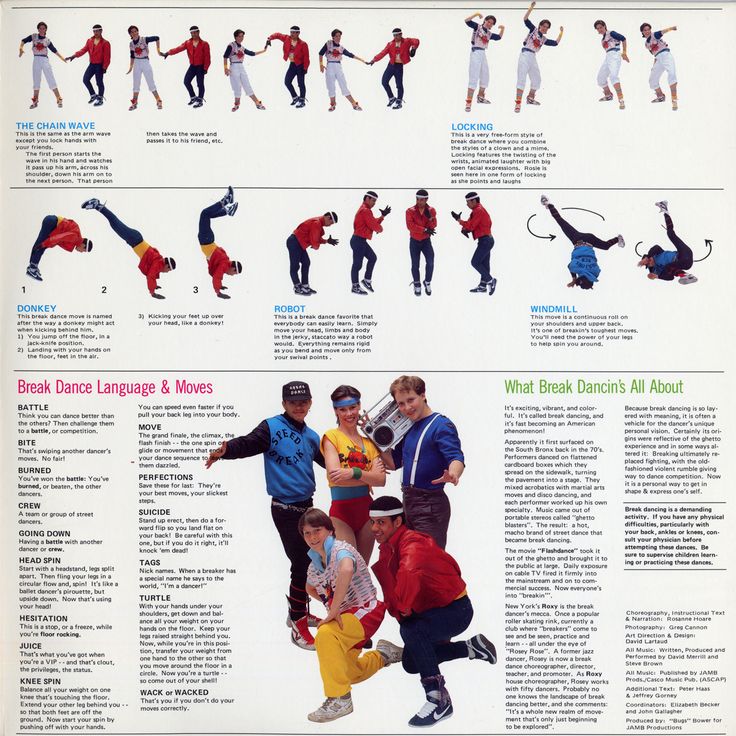 Ask for recommendations and dance instructors will always upload a couple of videos of worthy landmarks. nine0007
Ask for recommendations and dance instructors will always upload a couple of videos of worthy landmarks. nine0007
Tango Z. Showreel.
Online modern tango courses
Tango nuevo is the most advanced version of tango. We can quickly learn to dance from zero to a steep level.
| View details |
3. Dance in salsatecas/milongas/discotheques
A very delicate moment when it is worth coming to the first party. From a technical point of view, most students in 1-3 months have a sufficient set of figures and techniques to come and dance calmly. Psychologically, the same moment can be stretched out for an indefinite time. After all, it is imperative to “not lose face”, “learn more figures” and be sure what to do in case “there is an unfamiliar movement”. nine0003
In fact, the partygoers don't really care (except for a small layer of non-professional teachers who want to help inexperienced dancers by treating them as customers in the future). It is important to come and try dancing after a month of classes. You can only with friends or guys from your group. This will be enough to feel the adrenaline and inspiration from the dance.
It is important to come and try dancing after a month of classes. You can only with friends or guys from your group. This will be enough to feel the adrenaline and inspiration from the dance.
4. Dance with partners or partners not of your level
The conventional wisdom that you need to practice in groups of your level does not withstand the test of experience. Perhaps now your eyes widened in surprise, and you want to meaningfully read the phrase again. Yes, you saw everything correctly: when you dance with a partner of your level, you don’t grow anywhere. nine0003
It's important to understand that not only does it work one way and you have to dance with cooler dancers, but it works even more effectively the other way. It is no coincidence that teaching pair dances dramatically raises the level of the teacher himself. You have an endless stream of very beginner dancers.
How it works. A more experienced partner needs to be "stretched". It's easy and obvious. With beginners, you need to take more initiative on yourself, see the general pattern of the dance more widely, turn on and insure more, try to be an example and be more careful. The quality of interaction begins to grow significantly. And wonderful partners too. nine0003
It's easy and obvious. With beginners, you need to take more initiative on yourself, see the general pattern of the dance more widely, turn on and insure more, try to be an example and be more careful. The quality of interaction begins to grow significantly. And wonderful partners too. nine0003
Dancing with partners of your level doesn't make you grow. Dance with both beginners and more advanced dancers
Dominican Bachata Women's Style Online Course
Want to learn how to hypnotize those around you with the most appetizing part of your body? On the course we will tell all the secrets.
| Interesting |
5. Learn to dance for a partner and for a partner
Turks and Argentines are one of the best partners in the world. In Russia, partners are highly valued. Why? The answer is simple. In Argentina and Turkey, it is not questionable for men to ask another man to lead in one piece or another and give feedback on the quality of the lead. For them, it will be a great shame to hear moralizing from a partner, or even more so to be known in the community as an insecure partner. nine0003
For them, it will be a great shame to hear moralizing from a partner, or even more so to be known in the community as an insecure partner. nine0003
In Russia, due to the constant, often far-fetched, opinion that there are more women in pair dances, partners calmly get up and study their partner's part. Such partners then grow into very cool dancers and teachers. In no case do this at parties, only in class. Here we are talking only about the learning strategy. At parties, be yourself.
6. Do not memorize the links
Always try to look deeper and understand the through principle and idea of movement. Understanding what and how is done will make it possible to independently generate any sequences and chips. nine0003
Human memory is limited and there will always be a moment when something will escape and your repertoire will be limited by the size of RAM.
In Argentine tango, for example, there are seven levels of movement construction that, when mastered, will allow you to make millions of combinations. And how many dance sequences can you really remember? In rueda, more than 150 figures dance in a rare circle. It's hard to keep more in mind.
And how many dance sequences can you really remember? In rueda, more than 150 figures dance in a rare circle. It's hard to keep more in mind.
7. Develop your body
Many years of experience in teaching couple dance shows that as soon as everyone pairs up in a class, any progress in individual style ends. But it is the individual style that distinguishes everyone at the disco: partners change, and style is always with you. nine0003
The body as the main instrument of dance must be very plastic, responsive and emotional. Surprisingly, not all pair dance schools have a general physical warm-up. It is vital to tune the body and understand how it works.
You can always train extra and concentrate more on the basic steps, as their true value is as body work. The sequence of steps is, in fact, the simplest thing that can be in pair dancing. The quality of individual performance determines the craftsmanship. nine0003
8. Try on the images of inspiring dancers
A psychological life hack for those who have already mastered the steps, but still feel that there is not enough brightness and drive. Most are terribly afraid of being someone else's "clone". Here the action is the same as under the influence of hypnosis - the more you resist, the more you plunge into an altered state of consciousness.
Most are terribly afraid of being someone else's "clone". Here the action is the same as under the influence of hypnosis - the more you resist, the more you plunge into an altered state of consciousness.
With a high degree of probability, you are already dancing like someone else's "clone". A meaningful fitting of someone else's image is that you mentally take the image of the one who inspires you (inspiration is critical in this case) and "put on" yourself. Then you start dancing and trying to feel in general how it is to be able, for example, to be the best partner or the sexiest partner in a disco. This is much more difficult than it seems. But it works extremely efficiently. nine0003
9. Dance to offbeat music
Habitual rhythms keep you tight. Tango salon or speedy timba leaves little room for experimentation and fantasy. Pattern dancing is always noticeable and is reserved for beginners.
The truly new is born outside of the usual. Look for places to experiment. If there is no place, organize self-training. The main thing is not to get carried away, because music determines the style. We bring something new to pair dances, rather than trying to change them. nine0007
Look for places to experiment. If there is no place, organize self-training. The main thing is not to get carried away, because music determines the style. We bring something new to pair dances, rather than trying to change them. nine0007
Search, improvise, don’t be afraid to go beyond, develop in different directions, be inspired by music atypical for the style
10. Try your hand at basic dance directions
dances exist according to their own non-choreographic laws.
This is the deepest delusion, which has turned into a ceiling for the qualitative development of partner dances. After all, all professional dancers, for example, in salsa or bachata, build their ideas on the basic choreographic principles. nine0003
Do not think that choreography is only applicable on stage. Any meaningful movement of the body can be choreographic. In general, try classical or modern choreography. Basically, hip-hop can work too.
11. Look for battle sensations
Pair dances return us to an active position of manifestation of our body. As in the days of our ancient ancestors, we impress the members of the opposite sex by how dexterous, hardy, sexy, etc. we are. Modern laws of the jungle in the entourage of large cities. nine0003
If you look around the dance floor, it becomes clear that the majority are clearly herbivores (not in the sense of vegetarians, but in relation to those around them). I am sure that predators are always more interesting in terms of the attractiveness of the image - try to find a counterbalance among herbivores, for example, a cat woman or a lion man.
The conversation is about an internal position, not about aggressiveness. Lability and lack of control are inherent in adolescents, and not in adult self-sufficient people.
Accordingly, even a training or friendly battle gives, on the one hand, practical skills - to make a bright sequence of movements, bring an idea to a climax, show a spectacular feature, on the other hand, develops the psychological basis of the dance - self-confidence, resistance to extraneous attention, self-control and self-control in complex elements. nine0007
nine0007
12. Communicate with professionals
The environment shapes the internal position. Basically, real passionaries of the dance community are ready to openly talk, discuss and support the development of dance in every possible way. Universal principles and the ideas they articulate have a much longer and more practical perspective than meets the eye.
Accept that, for example, behind the words "listen to your partner" is not only a beautiful metaphor, but also a practical skill to literally listen to your partner. At the same time, always treat every thought, even the most respected teacher, as a private opinion. nine0003
Your skill will lie in finding the scope of the idea even in conflicting opinions. Most often, the contradiction is speculative and the truth lies in the angle of perception or situationality.
Your dancing growth will stop sooner or later. This can happen at the level of three basic steps or years of experience in teaching and show performances.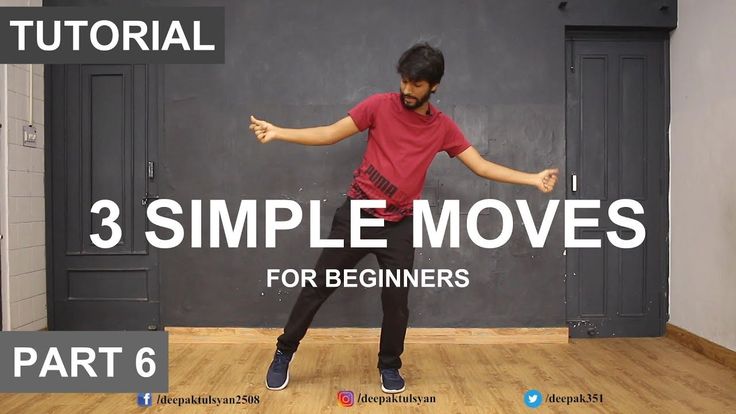 Regardless of your level, the suggested 12 life hacks can get you off the ground and greatly accelerate your dance growth. There is no way here without your motivation and activity. Take your dance development into your own hands. nineOl000 Dangerous sexuality
Regardless of your level, the suggested 12 life hacks can get you off the ground and greatly accelerate your dance growth. There is no way here without your motivation and activity. Take your dance development into your own hands. nineOl000 Dangerous sexuality
Salsa: destroyers of stereotypes
Couple dancing as a source of strength.
Self-destruction of the couple dance community
The Salsa series as a mirror of the community
Mamita Fridays: salsa, bachata
Destroying the myths about leading pair dances
Does dancing make us better?
The seven deadly sins of teachers
Why we will never dance bachata like the Dominicans
Why tango?
Dispute over musicality
Selection of dances according to alcohol preferences
Where to find inspiration for dancing? nine0003
Terrible tango nuevo
Distribution of roles in a salsa party
Argentinean tango through the eyes of a salsa dancer
Is there a predisposition to dancing?
Which is more effective: individual or group lessons?
Sexual overtones in couple dances
How to learn to dance in clubs for a guy
Contents
fashion came out synchronized movements of couples in a waltz or mazurka. For at least a century now, men have had to guess what a profitable disco dance should be like. Unfortunately, even professional choreographers will not answer this question. But we will try to highlight the basic rules. nine0003
For at least a century now, men have had to guess what a profitable disco dance should be like. Unfortunately, even professional choreographers will not answer this question. But we will try to highlight the basic rules. nine0003
hop and R'n'B
Rules to follow
Relax
Let's tell you a secret: most guys on the dance floor don't look stupid because they haven't taken lessons in dance studios and can't tell tectonics from r'n'b , but because they do not catch the rhythm of the music and cannot relax. And if no one usually pays attention to the first, then the second immediately catches the eye of others.
Hence the first rule: listen to music and let your body dance freely. nine0003
Choose a style
If you are a frequent discotheque visitor, you should choose a certain dance direction in which you will move on the dance floor. Of course, this will depend on the music that the DJ will put on, but for ten years now hip-hop and electronic music have not left the clubs.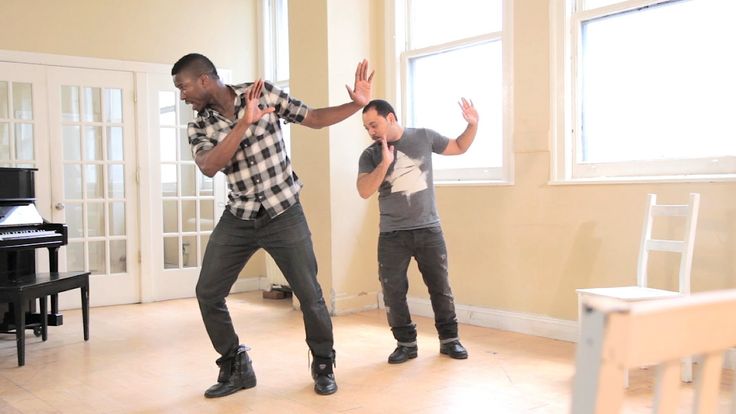 Therefore, you can master the basic movements of either one or the other. The "electronics" elements are a bit simpler, so it might be worth starting with them. Video tutorials to help you! nine0003
Therefore, you can master the basic movements of either one or the other. The "electronics" elements are a bit simpler, so it might be worth starting with them. Video tutorials to help you! nine0003
Sign up for a trial class
Try to vary your movements
If after watching the videos you still can't feel comfortable on the dance floor, you should consider signing up for a dance studio. An experienced teacher, a company of like-minded people and regular classes will quickly do their job, and you will finally be able to relax and stop having complexes while dancing. Plus, to the envy of your peers, you will no longer dance like a “newbie”. nine0003
Remember that everything is for fun
If you do somersaults on the court for ten minutes with a tense face, and then return to the table sweaty, your friends are unlikely to appreciate it. Understand that dancing is not a competition, but a completely cultural form of recreation. As they say, relax and have fun!
Let it all flow
Let go of your body and emotions, surrender to the music and move without paying attention to others.

